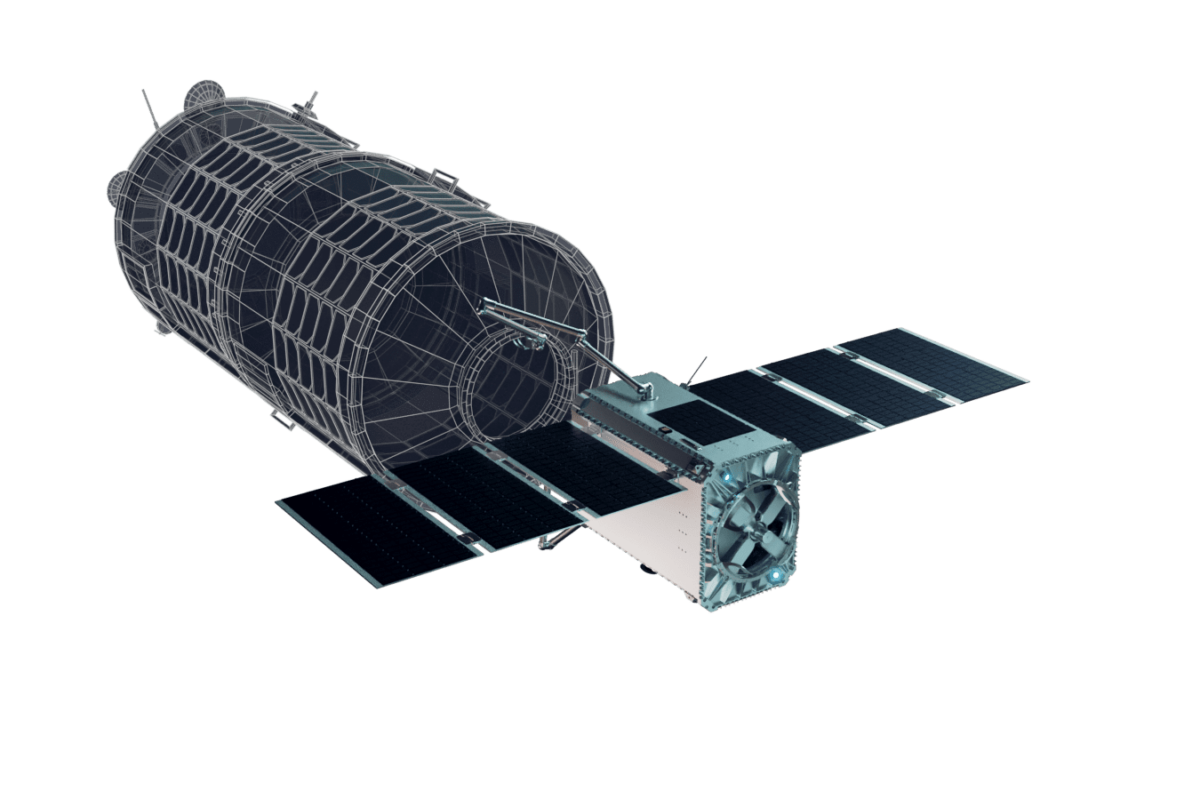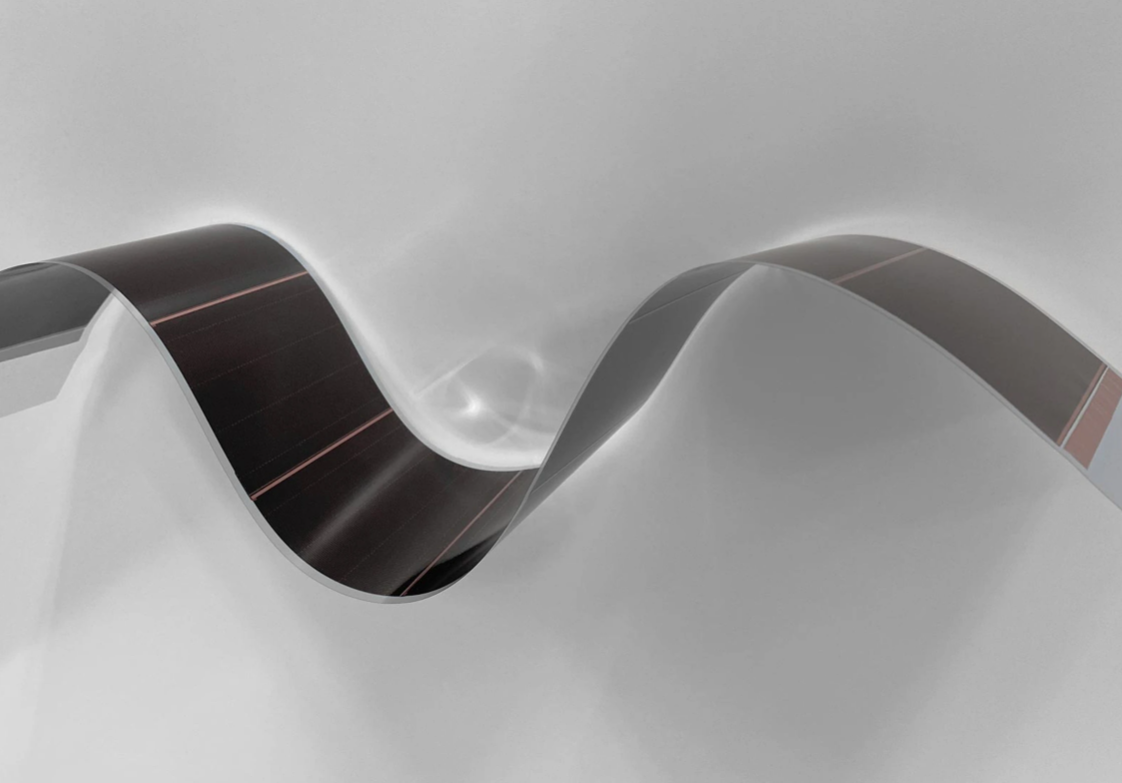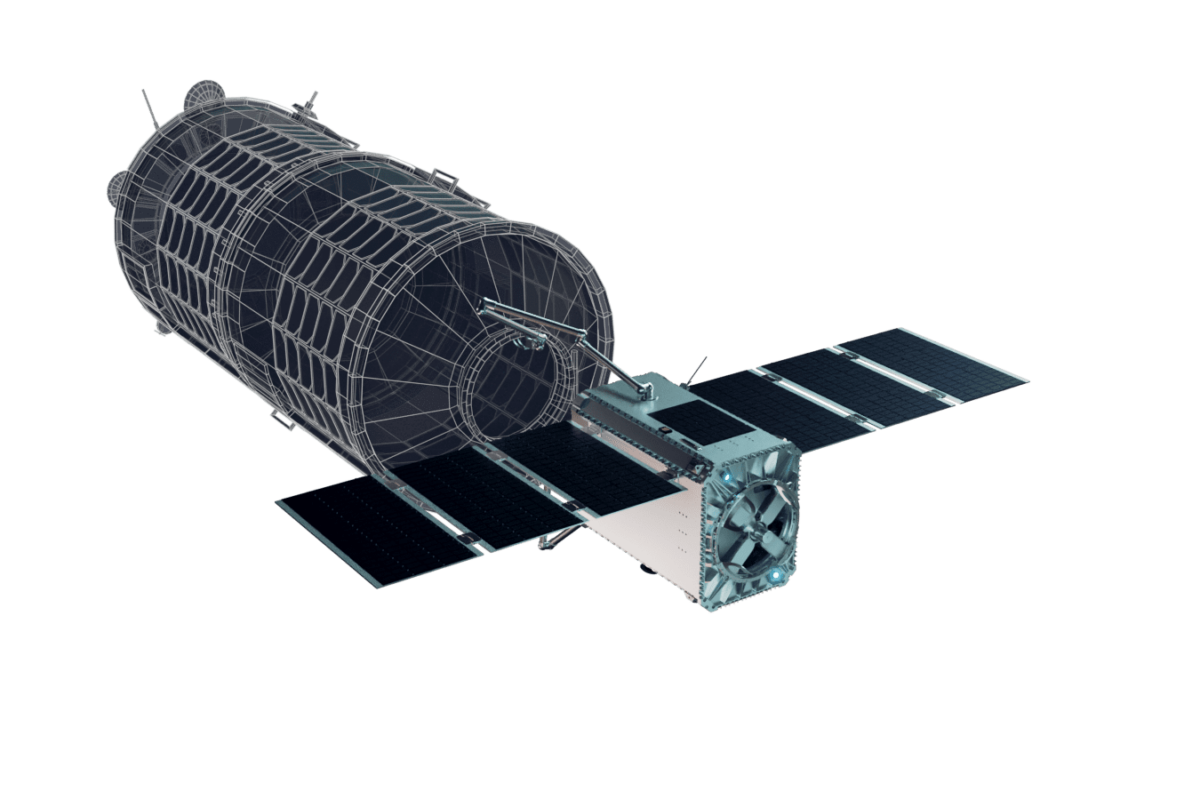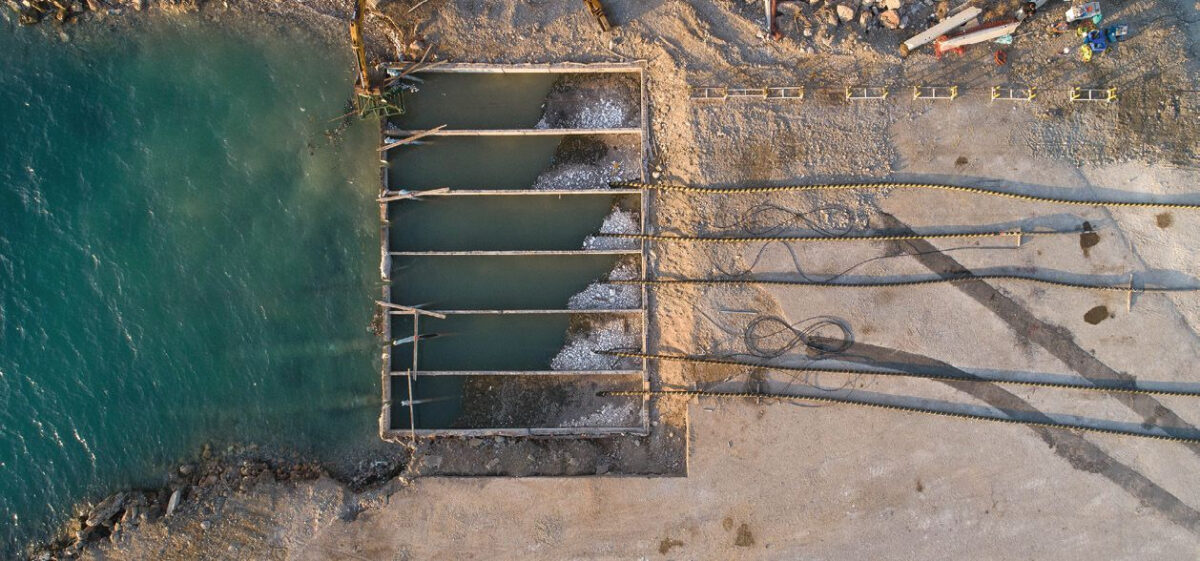https://pv-magazine-usa.com/2023/08/03/radiation-hardened-solar-blankets-to-power-orbital-logistics-vehicle/
Radiation-hardened solar blankets to power orbital logistics vehicle

Image: Atomos Space
Solestial, a space-based solar technology provider based in Tempe, Arizona, and Atomos Space, an in-space logistics company, announced the two have entered a partnership in which Solestial will supply its ultra-thin PV blankets for Atomos’ solar-electric orbital transfer vehicles (OTV).
The deal calls for at least 20 kW of ultra-thin, low mass, radiation-hardened solar blankets to power the craft for several upcoming missions in 2024. The company said its 20-micron thick cells demonstrate over 20% efficiency.
Atomos’ OTVs provide a variety of transportation services for satellite operators. The craft use high-powered electric propulsion systems, making use of PV as a steady supply of power in space. Following an initial demonstration, the blanket shipsets from Solestial will power two OTVs providing deployment services to constellation operators in low Earth orbit and relocation services to operators in other orbits.

Image: Solestial
“It was clear that traditional space solar was too expensive and too supply-constrained to support our high-power OTV design,” said Vanessa Clark, Atomos co-founder and chief executive officer. “We were attracted to Solestial’s solution as they provided the best combination of solar array specific mass performance, radiation hardness, and affordability available on the market today.”
The French Alternative Energies and Atomic Energy Commission (CEA) independently validated the ability of Solestial’s ultrathin silicon solar cells to effectively anneal radiation damage under sunlight at 90 C (194 F). This means the cells essentially self-heal under radiation damage.
Solestial’s silicon solar cells open circuit voltage dropped by only 4% and maintained 96% of initial value after being exposed to radiation equivalent to 10 years in low Earth orbit.
“Annealing of radiation damage in silicon is straightforward at high temperatures, for example, above 200-250°C, but this is not useful for applications in space as these temperatures are rarely, if ever, experienced in situ,” said Romain Cariou, space silicon solar applications expert, CEA. “The differentiation factor here is that Solestial’s cells can cure radiation damage at normal operating temperatures for solar panels in space.”
The Tempe, Arizona-based company has been developing its technology for over a decade, beginning its life in Arizona State University. It underwent a $10 million seed funding round in October 2022.
Solestial targets a 2025 launch of a manufacturing facility capable of producing 10 MW per year of solar blankets.
This content is protected by copyright and may not be reused. If you want to cooperate with us and would like to reuse some of our content, please contact: editors@pv-magazine.com.




